Description
The laser diode to fiber couplers from OZ Optics come in a compact and rugged package, offering optimal coupling efficiency. They can be purchased prealigned, with the diode already installed, or as a kit for customer assembly using their own diode. The assembly process is straightforward and can be completed in less than twenty minutes. A complete alignment kit, including tools and video instructions, is available separately.
These couplers are designed to work with various diode case sizes and wavelengths ranging from 400nm to over 2050nm. They are compatible with multimode, single mode, and polarization maintaining fibers. One advantage of the design is that if the diode fails, it can be easily replaced while reusing the rest of the optics, and the device can be realigned for optimal coupling.
There are two versions of tilt-adjustable laser diode to fiber couplers: receptacle style and pigtail style. The pigtail style couplers have the fiber pigtailed directly onto the coupler, providing higher coupling efficiencies, lower backreflection levels, and better stability. The output fiber can be terminated with different connectors as desired.
The couplers are available in different diameters, including standard 0.79" and larger 1.3" packages for improved coupling efficiencies and compatibility with larger diode case sizes. Smaller diameter options are also available for specific diode can sizes.
Optional features include couplers with built-in isolators to reduce backreflection effects, blocking screws to attenuate the output beam for precise power control, and couplers with polarizers or polarization rotators in the middle.
The product is offered with different part numbers and specifications, including wavelength, coupling efficiency, fiber type, and connector options. The specifications and ordering information for standard parts and custom parts are provided in the description.
Laser Diode to Fiber Coupler - Pigtail Style
Specifications
| Wavelength Range: | 375nm to 2050nm |
|---|---|
| Fiber Types: | Single mode, multimode, or polarization maintaining fiber |
| Variants: | Receptacle style couplers and pigtail style couplers |
| Diameter Options: | 0.79 |
| Additional Options: | Built-in isolators, blocking screw option, polarizers or polarization rotators |
Features
- Proven design and manufacture
- Available in a variety of standard packaging options
- Covers a wide wavelength range from 375nm to 2050nm
- Compatible with single mode, multimode, or polarization maintaining fiber
- Rugged design for durability
Applications
- Fiber Optic Communications
- Optical Alignment Systems
- Process Control
- Optical Sensor Applications
- Medical Apparatus
- Imaging Systems
- Test and measurement systems
- OCT systems
Frequently Asked Questions
What is a laser diode coupler?
What is the wavelength range of the coupler?
What types of fiber can be used with the coupler?
If I am getting a PM fiber coupler, what will the polarization direction be coming out of the receptacle?
If the diode fails, do I have to throw out the whole assembly?
Can the level of back-reflected light going back into the laser diode cavity be reduced without using an isolator?
Does the diode chip have to be centered with respect to the outer diode housing?
I have a laser diode mounted on an open chip carrier. How can I use a laser diode to fiber coupler with it?
I want to convert the output from a laser diode into a Gaussian beam. Can I do this without using cylindrical lenses or anamorphic prisms?
Can optical amplifiers be pigtailed as well as laser diodes?
What is a laser diode to fiber coupler?
Can I purchase a prealigned coupler with the diode already installed?
How long does it take to assemble the coupler if I choose the customer assembly option?
Are there different options available for the diameter of the coupler?
What types of fibers are compatible with these couplers?
Similar Products
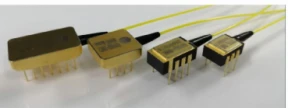
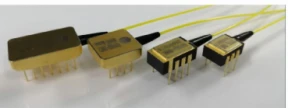
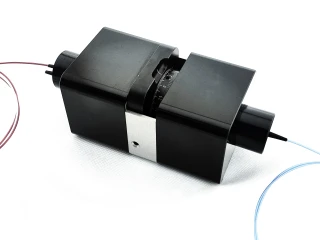
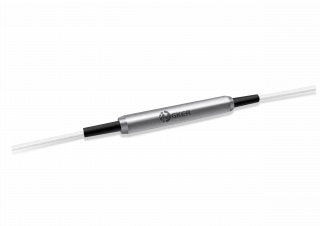
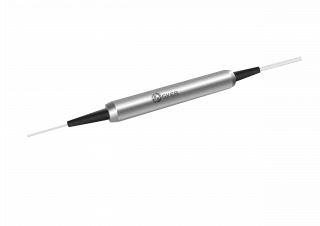
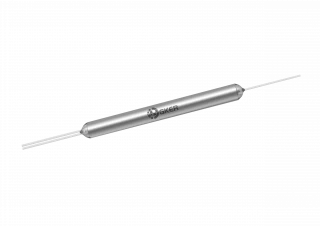
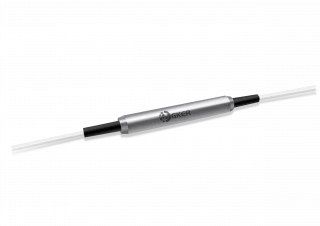
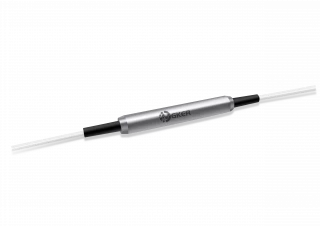
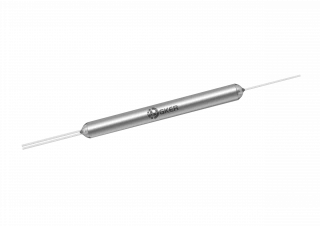
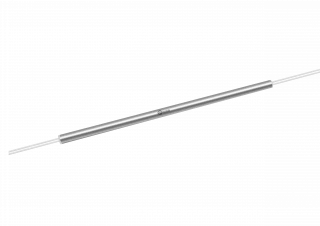
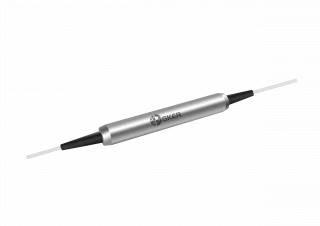
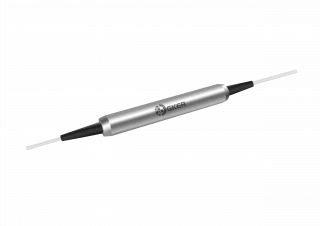
Your inquiry has been received.
Create an account by adding a password
Why create an account?
- Auto-complete inquiry forms
- View and manage all your past messages
- Save products to your favorites
- Close your account anytime — no hassle



